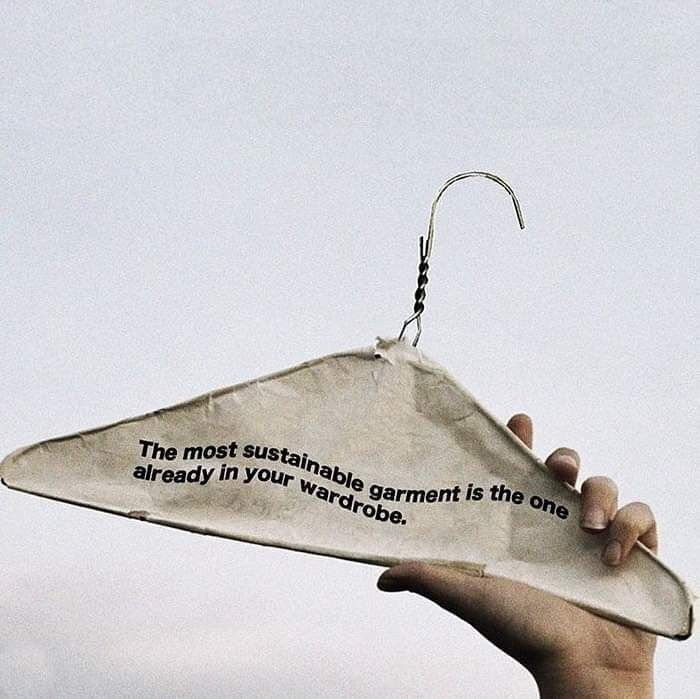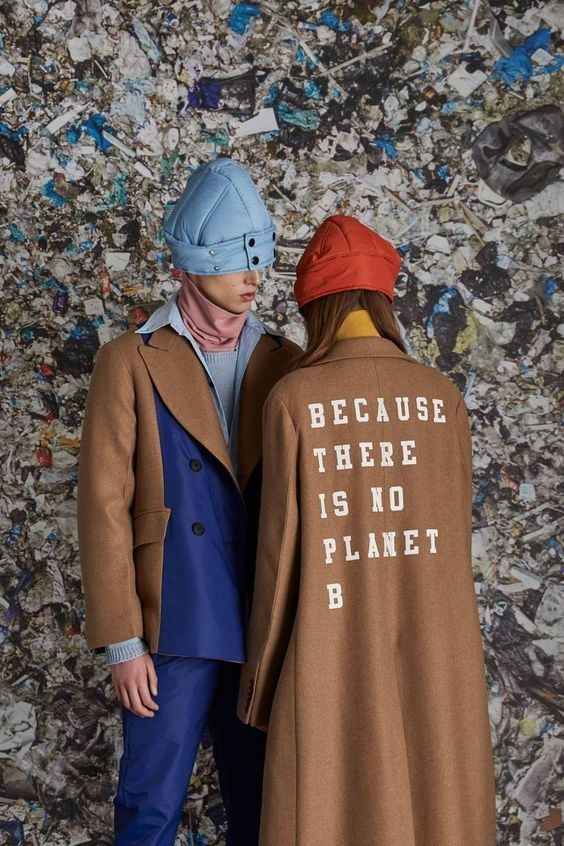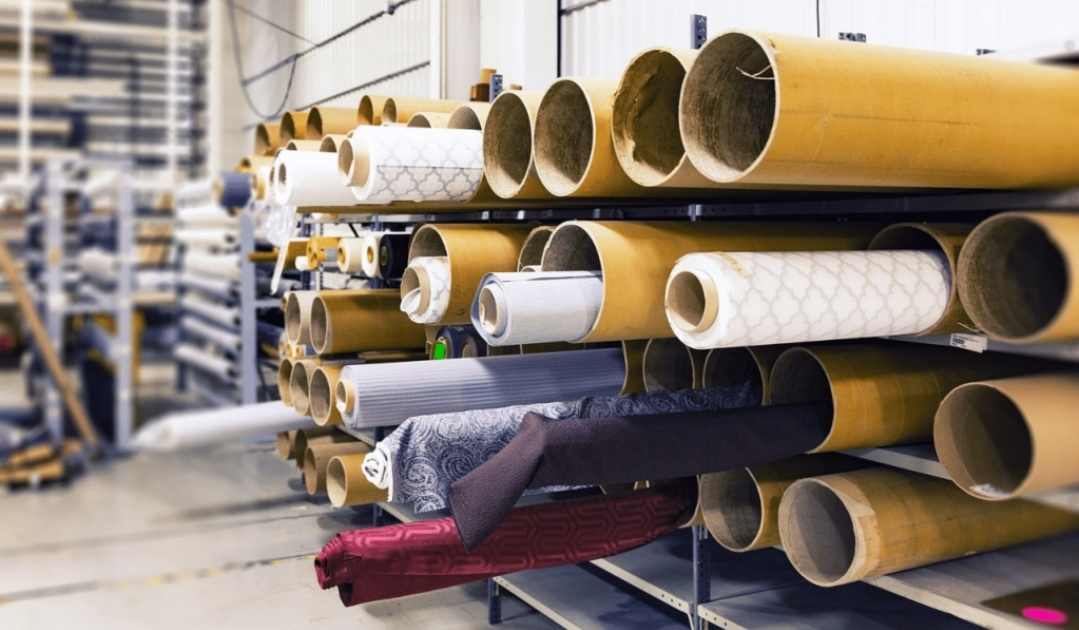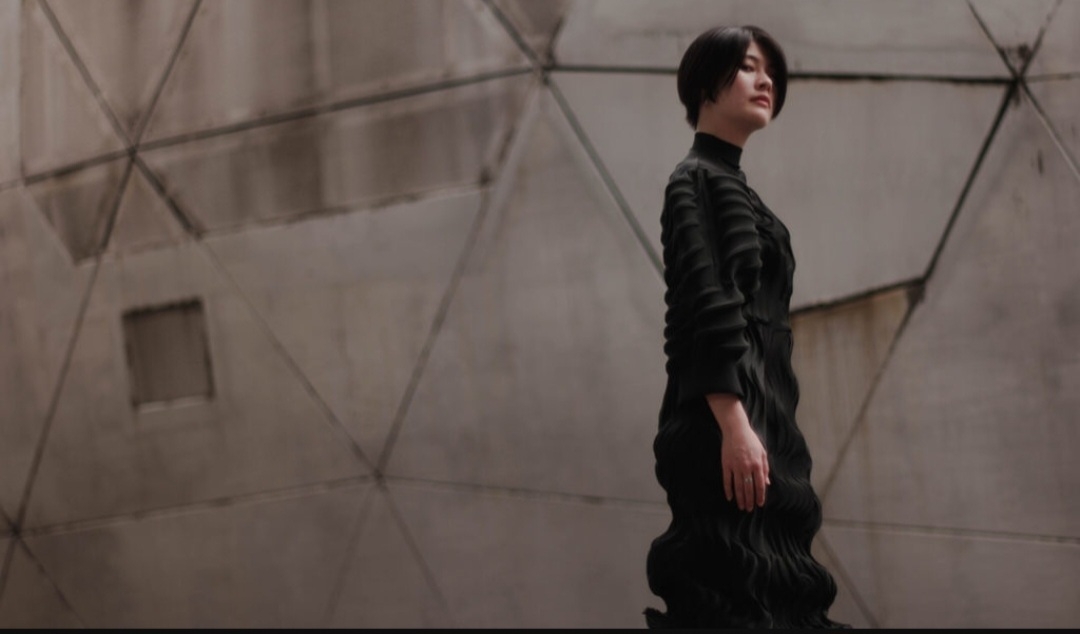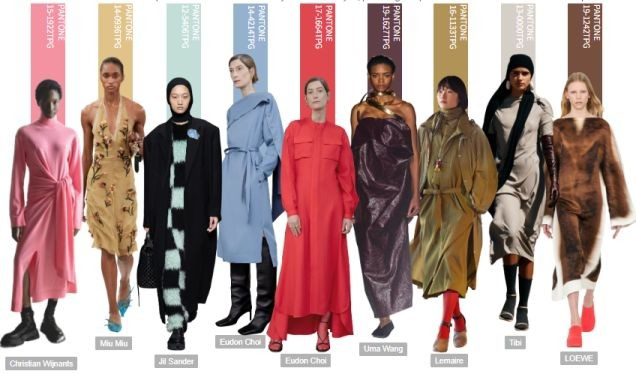sustainable fashion and fashion forecasting
SUSTAINABLE FASHION
What is sustainable fashion?
Sustainable fashion is a way in which brands create clothing that not only reduces the impact on the environment but is also mindful of the people who work to produce the garments. Put simply, it is fashion that is ethically made and environmentally friendly.
Sustainable fashion (also known as eco-fashion) is a term describing products, processes, activities, and people (policymakers, brands, consumers) that aim to achieve a carbon-neutral fashion industry built on equality, social justice, animal welfare, and ecological integrity.
Sustainable fashion is not only about purchasing clothes made by ethical processes but also reusing, recycling, and up-cycling the clothes you already have and making thoughtful purchases.
The 5 Rs of Fashion: Reduce, Rewear, Recycle, Repair, Resell
In order to avoid mass production and pollution people should start thrifting their clothes instead of buying new clothes each time.
10 INNOVATIVE IDEAS IN SUSTAINABLE CLOTHING
1. Platform matches second-hand shops with customers
2. AI-platform finds clothes that truly fit to reduce fabric waste
3. Dylecious turns food waste into luxury wares
4. Fashion platform provides custom, sustainable designs
5. Recycled t-shirts made without chemicals
6. H&M uses fabrics made from pineapple leaves and orange peel
7. Sustainable, self-washing
9. Research collective uses 3D-scanning to reduce fabric waste
10. A concept shoe that can change with fashion
Fashion forecasting is mainly done keeping in view the attractiveness of clothes, trends, market demand, climate etc. Which type of fabric, weaving will be accepted as fashion, which fabric qualities, material, color and design changes will be known through this.
●Past analysis should be done.
●Research should be done on the fashion of the.
●Determining the reasons why past fashions changed.
●Determining how closely the forecast matches the past.
●Researching how likely fashion will impact the future.
Fashion forecasters predict upcoming trends, and present trends that are on the decline. Silhouette, shoe shape, textile choice, colour schemes, skirt lengths and jewellery are all within the scope of a forecaster's vision.
Fashion forecasters predict upcoming trends, and present trends that are on the decline. Silhouette, shoe shape, textile choice, colour schemes, skirt lengths and jewellery are all within the scope of a forecaster's vision.
The general principles are to use methods that are
(1) structured
(2) quantitative
(3) causal
(4) simple
Colour forecasting is the selection of ranges of colours that are predicted for a particular product/market at a particular time in the future.
The first law of forecasting is that forecasts are always wrong. The important thing is to understand how wrong the forecast is, and how to improve the accuracy to a point where realistic planning can be achieved.
Fashion forecasting involves the following activities such as studying market conditions, noting the life style of the people, researching sales statistics, evaluating popular designer collections, surveying fashion publications, observing street fashions etc.

